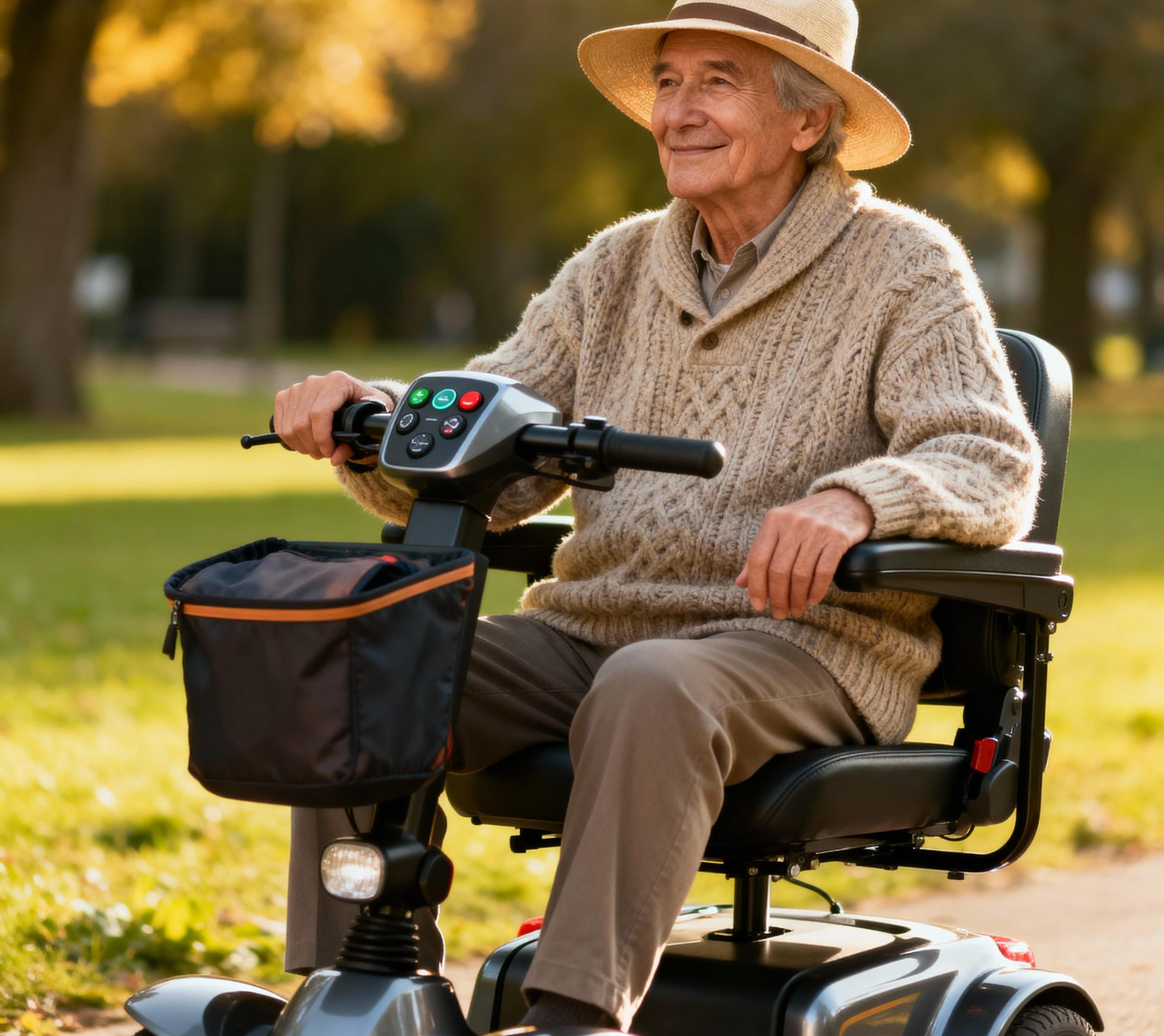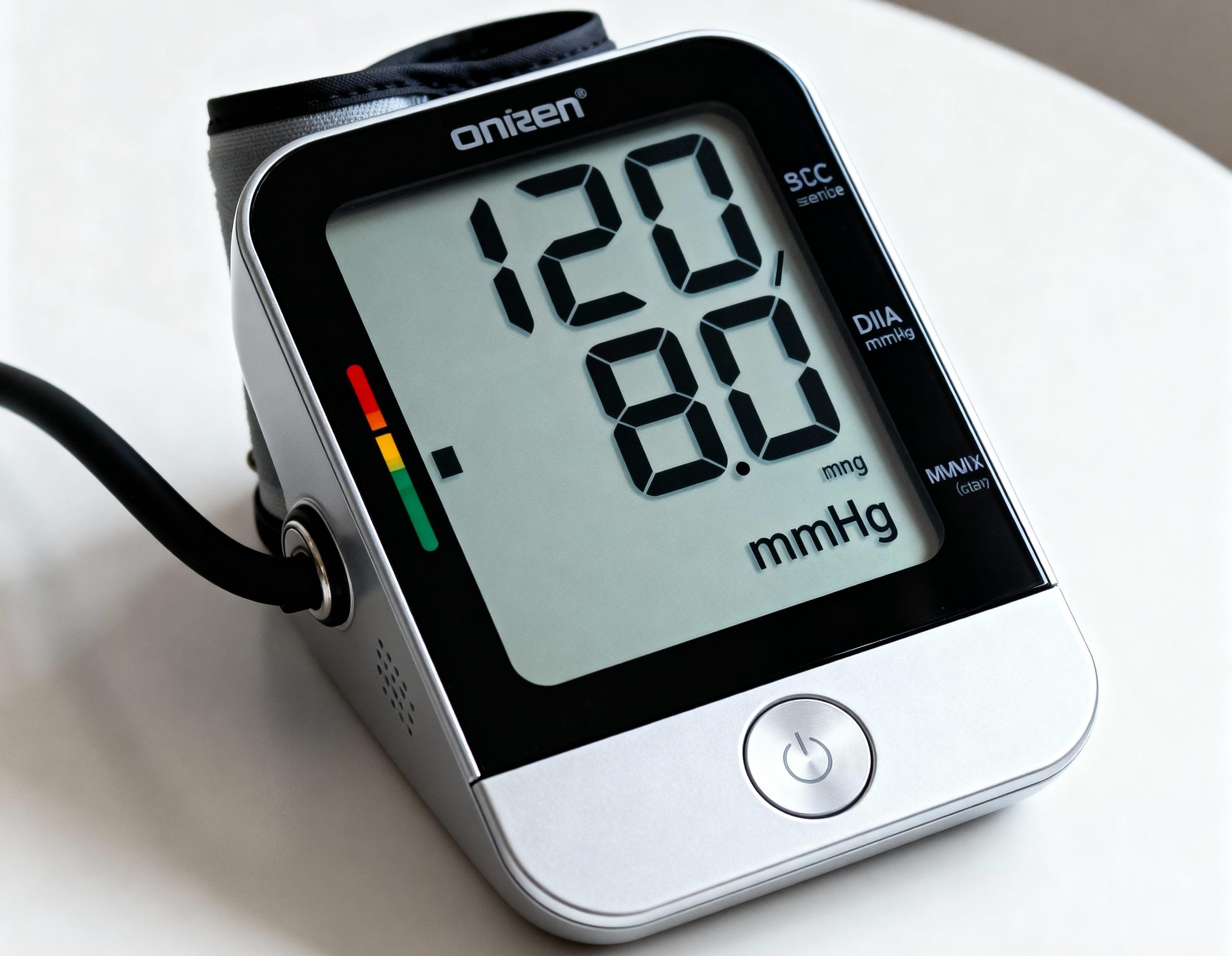Navigating the world of Medicare can be complex, especially when it comes to understanding what assistive devices are covered. For seniors in need of mobility scooters, we'll delve into eligibility, benefits, and the process of getting a scooter covered, offering a comprehensive guide to making the most of Medicare's coverage options for mobility needs.

Understanding Medicare Mobility Scooter Coverage
Medicare can offer coverage for mobility scooters, but there are specific conditions and criteria to be met. Generally, Medicare Part B (Medical Insurance) covers power-operated vehicles (scooters), walkers, and wheelchairs as durable medical equipment (DME) if they're medically necessary. This means a doctor must prescribe it for use in your home. For comprehensive details, you can view the Medicare coverage of wheelchairs and scooters.
Medicare Eligibility for Mobility Scooters
To be eligible, the beneficiary must have a health condition that makes it difficult to move around the home. Additionally, various criteria need to be fulfilled:
- Doctor's Prescription: A doctor must assess and document the need for a scooter.
- Medicare Part B Enrollment: The applicant must be enrolled in Medicare Part B.
- Supplier's Approval: The scooter must be supplied by a Medicare-enrolled supplier and deemed necessary for daily living activities.
For more insights into whether you qualify, explore this guide on mobility scooters and Medicare.
Seniors Mobility Scooter Benefits
Mobility scooters offer a variety of benefits for seniors, from increased independence to enhanced mobility. Key benefits include:
- Independence: Allows seniors to move around without assistance.
- Safety: Reduces the risk of falls and allows for safe movement.
- Social Engagement: Encourages participation in social activities and interactions.
How to Get a Scooter Covered by Medicare
Securing Medicare coverage for a mobility scooter involves a structured process:
- Medical Examination: Visit a doctor for a mobility assessment. The doctor will need to document that you require a scooter to perform daily tasks.
- Prescription: The doctor writes a prescription for the scooter.
- Supplier Selection: Select a Medicare-approved DME supplier and get a detailed written order from the supplier.
Applying for Scooter Coverage Under Medicare
Once the initial steps are completed, the application process involves:
- Documentation: Ensure all medical documentation and prescriptions are in order.
- Submit a Claim: The supplier will submit a claim to Medicare on your behalf.
- Approval and Delivery: Upon approval, the supplier will deliver the scooter, often with partial cost-sharing or coinsurance milestones.
For more guidance on how to navigate this process, see this resource on Medicare scooter approvals.
Medicare-Reimbursed Mobility Devices
Medicare tends to cover a variety of mobility devices. However, specific rules and tiers apply, which are based on individual needs:
| Device Type | Typical Cost Range | Medicare Coverage |
|---|---|---|
| Standard Power Scooter | $800 - $2,000 | 80% After Deductible |
| Heavy-Duty Scooter | $2,000 - $3,000 | 80% After Deductible |
| Electric Wheelchair | $1,500 - $3,500 | 80% After Deductible |
| Manual Wheelchair | $300 - $600 | 80% After Deductible |
| Walker/Rollator | $100 - $300 | 80% After Deductible |
For seniors seeking to improve their quality of life and independence, understanding Medicare's coverage for mobility equipment is vital. Start by consulting your healthcare provider and reviewing the resources available, such as Medicare's mobility scooter coverage guide and the upcoming changes in Medicare-approved mobility scooters expected in 2025. Understanding your options and requirements can help you make an informed decision that caters to your healthcare needs.



